1. Roseville Pottery
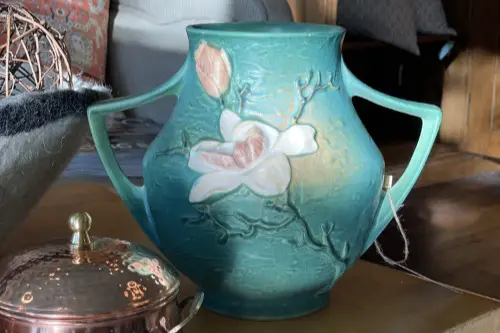
Roseville pottery was mass-produced in Ohio from the late 19th to mid-20th century. Its designs—often florals or art deco motifs—look surprisingly modern, which trips up even seasoned sellers. Many assume they’re contemporary knockoffs from big-box stores. In reality, original Roseville pieces have subtle marks and a particular glaze quality that sets them apart.
The confusion gets worse because reproductions are everywhere. Still, authentic Roseville has a hefty collector’s market, with some vases fetching thousands. The color palette and craftsmanship can make even modest pieces stand out once recognized. Dealers who dismiss it as “just another planter” often lose out.
2. Depression Glass
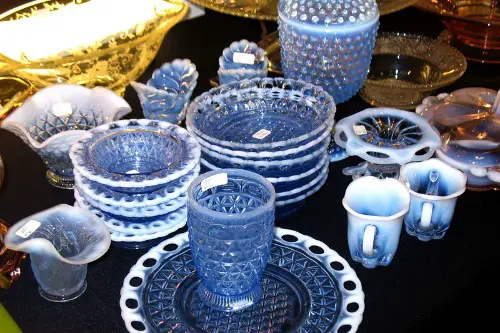
At first glance, Depression glass looks like any other pastel-colored glassware. It was cheaply made during the 1920s and 30s, but its cheerful colors were meant to brighten households during tough economic times. Dealers can sometimes mistake it for modern reproductions since so many companies later copied the style. The real pieces, though, often have subtle imperfections from the mass production process, like tiny bubbles or uneven patterns.
Because of those flaws, collectors actually prize authentic Depression glass. Some colors, like pink or cobalt blue, are especially sought after. Dealers may overlook these and undervalue them, thinking they’re dime-a-dozen dishes. The irony is that a single piece can sell for hundreds when correctly identified.
3. Bakelite Jewelry
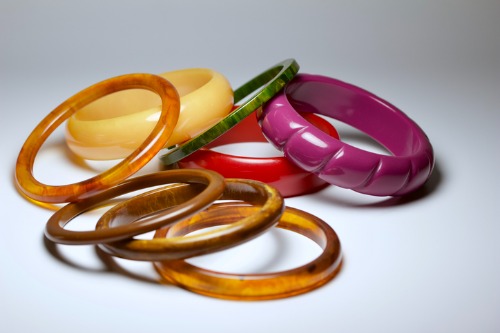
Bakelite bangles and brooches look like playful plastic accessories. Since they were popular in the 1930s and 40s, people sometimes confuse them with cheap costume jewelry from later decades. The trick is that Bakelite was one of the very first plastics, and it ages differently than acrylic or resin. Authentic pieces often have a warm, almost waxy look, and they clink together in a distinct way.
Collectors adore Bakelite, especially carved or brightly colored pieces. Prices can reach into the hundreds for a single bracelet. But because it blends in with modern plastics, antique dealers sometimes price it like any old trinket. That’s where savvy collectors swoop in.
4. Stickley Furniture

At first glance, Stickley chairs and tables look like simple mission-style furniture. Dealers occasionally mistake them for unremarkable oak pieces because their beauty is in the craftsmanship, not flashy ornamentation. Gustav Stickley’s workshop in the early 1900s emphasized clean lines and solid construction. Without the right label or signature, even experts can pass them off as generic.
But for those in the know, Stickley furniture is the holy grail of Arts and Crafts design. Original pieces can sell for tens of thousands. The difference often lies in small details like joinery techniques or specific marks on the underside. Missing those cues can mean undervaluing a priceless piece.
5. Milk Glass
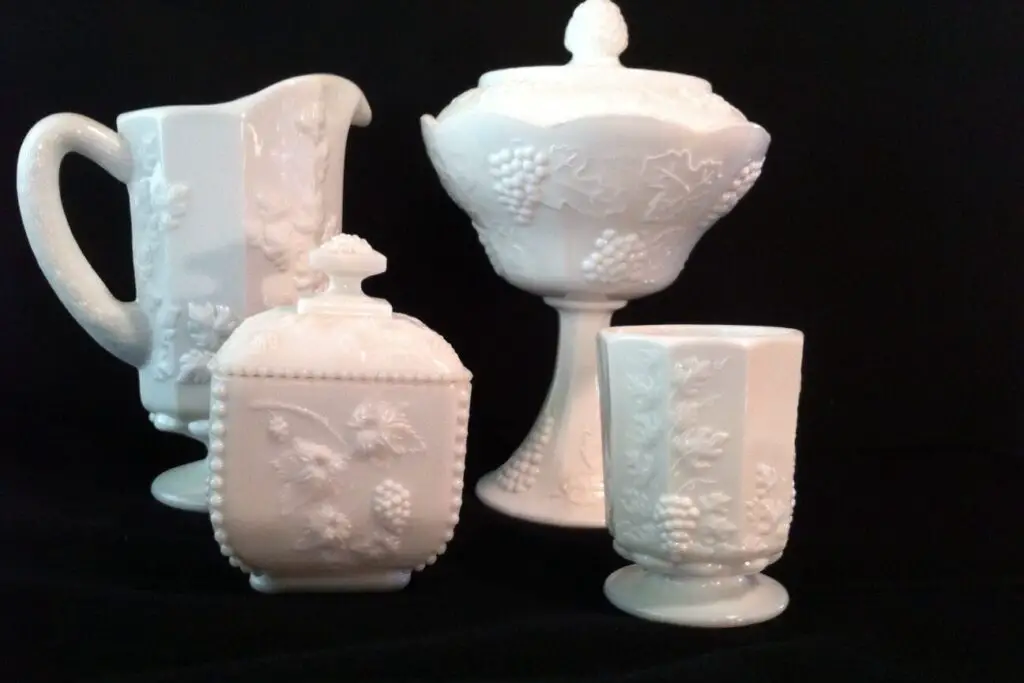
Milk glass has a simple, opaque white appearance that makes it look ordinary. To an untrained eye, it can pass as cheap decorative ware from the 1950s. But some pieces date back to the 19th century and were prized for their resemblance to porcelain. Collectors hunt for rare patterns and earlier examples, which are much more valuable.
Dealers sometimes pass by milk glass because it’s so understated. Yet the market rewards those who can spot authentic, older versions. Pieces with intricate designs, like grape clusters or lace edges, can command surprising prices. It’s a reminder that plain doesn’t always mean cheap.
6. McCoy Pottery
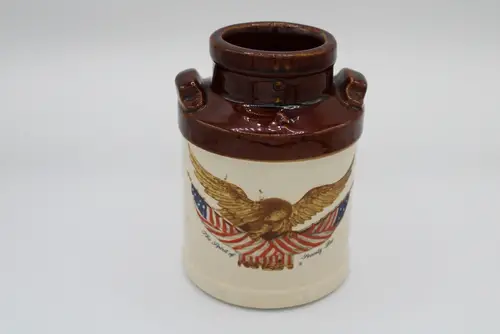
McCoy pottery is one of those collectibles that feels familiar, almost nostalgic. Produced in Ohio from the early 1900s to the 1990s, it was designed for everyday use. Because it was so common, dealers sometimes treat it like low-value stoneware. But the right patterns or limited runs are highly sought after today.
Reproductions also add to the confusion, with many pieces lacking clear marks. Yet authentic McCoy has a distinct glaze and texture that seasoned collectors can spot. Certain cookie jars, for example, are worth far more than their modest appearance suggests. Dealers often underestimate them because they blend in with average kitchenware.
7. Navajo Rugs

Navajo rugs are handmade textiles with bold geometric designs. They’re sometimes mistaken for machine-made Southwestern-style rugs sold in tourist shops. The difference, though, is in the weaving technique and the use of natural dyes. Authentic Navajo rugs can take months to make, and every detail is intentional.
Because reproductions are so common, even experienced dealers can be fooled. A true Navajo rug can fetch thousands, depending on its age and condition. Subtle signs, like the way the ends are finished, reveal authenticity. Miss those, and a dealer might sell a masterpiece for far less than it’s worth.
8. Carnival Glass
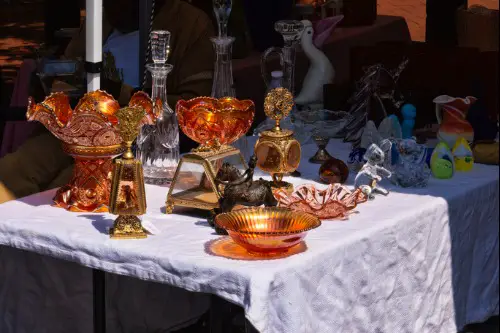
Carnival glass sparkles with its rainbow-like sheen, but many people dismiss it as kitschy. Originally given away as prizes at fairs and carnivals in the early 20th century, it wasn’t considered high-end. Dealers often mistake it for modern iridescent glassware, which dilutes its perceived value. Yet authentic carnival glass has distinct patterns and colors that serious collectors recognize.
Ironically, what was once handed out for free is now worth serious money. Rare colors, like deep marigold or electric blue, can sell for thousands. Even common pieces fetch decent prices when correctly identified. Dealers who think they’re looking at dime-store trinkets often miss a profitable opportunity.
9. Pyrex Dishes
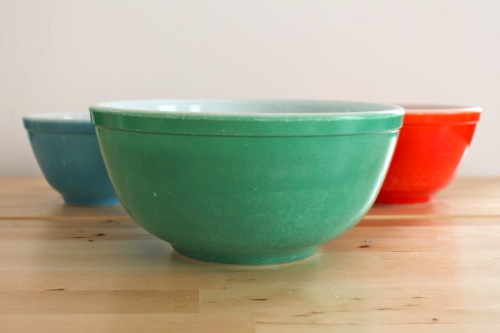
Pyrex might remind you of your grandmother’s kitchen, but vintage Pyrex is now a hot collectible. Produced in the mid-20th century, its colorful mixing bowls and casserole dishes were once everyday staples. Dealers sometimes assume they’re just old kitchenware without much value. In truth, some patterns are so rare they’re highly prized.
Collectors particularly chase designs like “Lucky in Love” or “Butterprint.” A full set in mint condition can fetch hundreds or more. Because it’s so familiar, dealers often underestimate how much nostalgia drives the market. What looks like a simple mixing bowl can be a serious treasure.
10. Chinese Export Porcelain
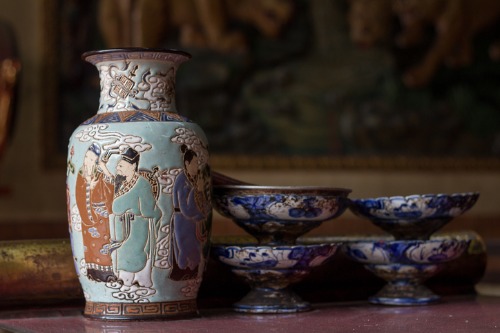
Chinese export porcelain has a centuries-long history, but not all pieces look obviously antique. Some resemble mass-produced ceramics from later eras, leading to undervaluation. Dealers unfamiliar with the subtle hand-painted details can dismiss them as reproductions. Yet authentic export porcelain was shipped worldwide and remains highly collectible.
The age, quality, and specific motifs can make certain pieces extremely valuable. Collectors prize examples with famille rose or blue-and-white designs. Because fakes abound, even seasoned dealers can hesitate to price them high. That caution sometimes leads to real bargains for buyers who know what they’re looking at.
11. Mid-Century Modern Clocks
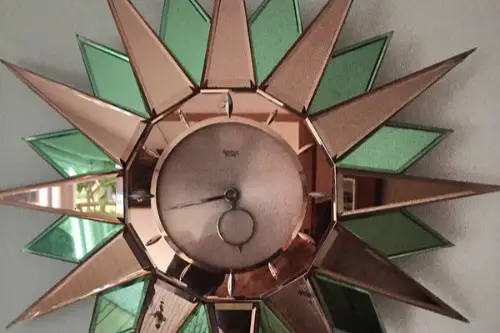
Those sleek starburst or atomic-style clocks from the 1950s often get overlooked. Dealers sometimes see them as quirky retro décor without real value. But mid-century modern design is in high demand, and original clocks are especially collectible. Even wall clocks by companies like George Nelson or Howard Miller can command thousands.
The challenge is that reproductions are everywhere. Authentic pieces have certain materials, like real wood or brass, that set them apart. Collectors hunt for the genuine article, driving prices up significantly. Dealers who dismiss them as funky novelties often miss their true worth.
12. Victorian Mourning Jewelry
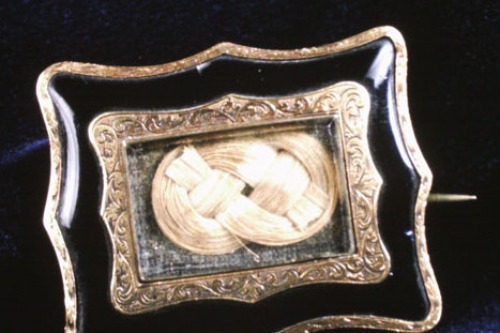
Mourning jewelry, often made with jet or woven hair, can look odd to modern eyes. Dealers sometimes mistake it for costume pieces because the designs are understated. But in the 19th century, these items held deep sentimental value, marking the loss of loved ones. Authentic examples often carry inscriptions or compartments for locks of hair.
Collectors today see them as fascinating pieces of history. The craftsmanship and personal touches make them highly prized. Certain items, like brooches made from Whitby jet, are particularly sought after. Dealers who dismiss them as strange or morbid trinkets can overlook their value.
13. Tin Toys

Old tin toys look deceptively simple, with bright paint and wind-up mechanisms. Because many were mass-produced, dealers sometimes lump them in with cheap novelty items. Yet authentic pre-war examples, especially with original boxes, can be worth thousands. The difference lies in details like lithographed designs and construction methods.
Collectors love the charm and nostalgia of tin toys. Companies like Märklin or Lehmann produced some of the most sought-after models. Reproductions confuse the market, making it easy to misprice them. Dealers who underestimate their importance lose big when collectors spot the real deal.
14. Shaker Baskets
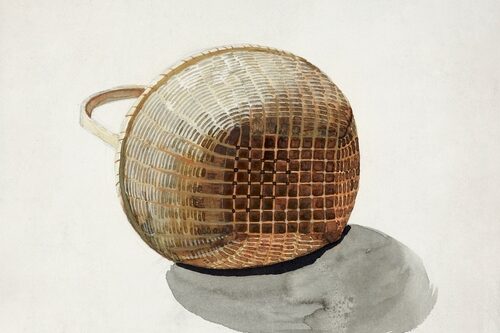
Shaker baskets are beautifully simple, which is why they’re often mistaken for plain woven containers. Dealers sometimes see them as rustic crafts rather than fine antiques. But Shaker communities were known for exceptional craftsmanship, and their baskets are remarkably durable. Subtle details in the weave and proportions reveal authenticity.
Collectors value them not just for utility but for the philosophy behind them: simplicity and function. Rare or early examples can command impressive sums. Modern reproductions make it tricky, though, leading to undervaluation. Dealers who overlook them as farmhouse décor may be passing up museum-worthy pieces.
15. Tramp Art
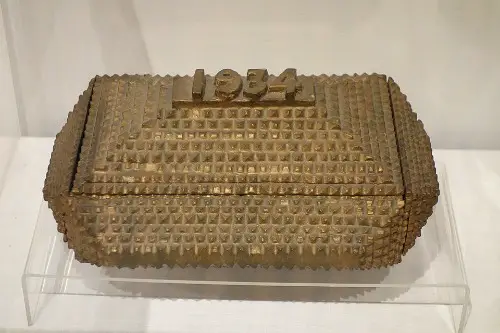
Tramp art is a folk art style made from carved layers of cigar boxes or shipping crates. Its rough-hewn appearance sometimes tricks dealers into thinking it’s just a homemade craft project. But authentic pieces, often dating from the late 19th to early 20th century, show remarkable artistry. The layered chip-carving technique creates intricate, almost architectural designs.
Collectors see tramp art as a celebration of resourcefulness and creativity. Frames, boxes, and even furniture pieces can fetch significant sums. Because no two items are alike, they stand out once you know what to look for. Dealers who dismiss them as amateur efforts often miss their historical and financial value.
16. Delftware
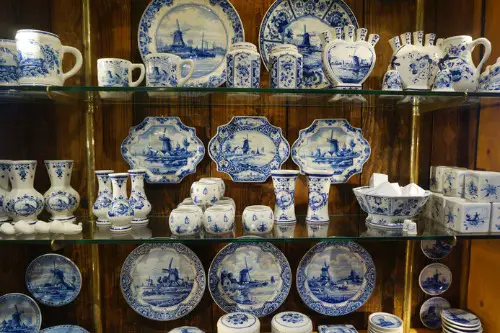
Delftware pottery, with its signature blue-and-white designs, often gets mistaken for inexpensive souvenir ceramics. Originating in the Netherlands during the 17th century, these pieces were inspired by Chinese porcelain. Dealers unfamiliar with the hand-painted details sometimes assume they’re tourist trinkets. But the fine brushwork and glaze distinguish authentic Delftware from reproductions.
Collectors hunt for early examples, which can fetch impressive sums. Even later pieces remain popular for their artistry and history. Reproductions, however, flood the market, muddying identification. Dealers who overlook subtle maker’s marks risk passing on a highly collectible treasure.
17. Civil War Tintypes
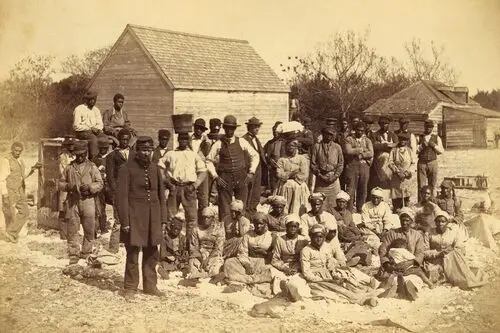
Tintypes—photographic portraits printed on thin sheets of metal—are easy to dismiss. To many, they look like novelty keepsakes rather than valuable artifacts. Dealers sometimes confuse them with later reproductions sold at tourist sites. Yet authentic tintypes from the Civil War era capture real individuals and moments in time.
Collectors value not only the image but the historical context. Soldiers, families, and even battle scenes appear in authentic examples. Prices vary, but rare or well-preserved tintypes can surprise even seasoned dealers. Overlooking them as curios often means missing an important piece of history.
18. Majolica Ceramics

Majolica pieces, with their bright glazes and whimsical designs, often look too playful to be serious antiques. Dealers may mistake them for kitschy reproductions from the mid-20th century. But the true versions date back to the 19th century and were prized for their artistry. The vibrant colors and relief patterns make them stand out once identified.
Collectors prize majolica for its charm and craftsmanship. Certain makers, like Minton or Wedgwood, are especially sought after. Chips and cracks are common, so intact examples fetch higher prices. Dealers who dismiss them as gaudy collectibles risk undervaluing fine ceramic art.
19. Jade Carvings
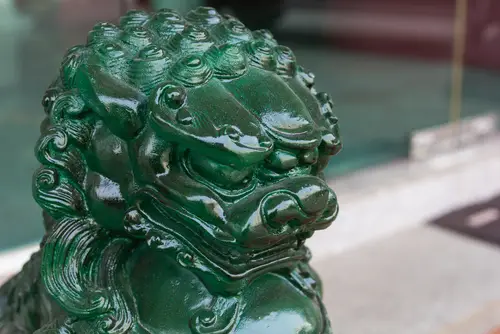
At first glance, small jade carvings can look like simple trinkets or tourist souvenirs. Dealers sometimes assume they’re made from cheaper materials like serpentine or glass. Authentic jade, however, has a weight and translucence that copies lack. The craftsmanship and symbolism in the carvings add further value.
Collectors, particularly in Asian art markets, pay top dollar for quality jade. Age, color, and carving style all influence the price. Because fakes abound, even experienced dealers hesitate to value them correctly. Those who can distinguish genuine jade often walk away with a hidden gem.
20. Early Comic Books
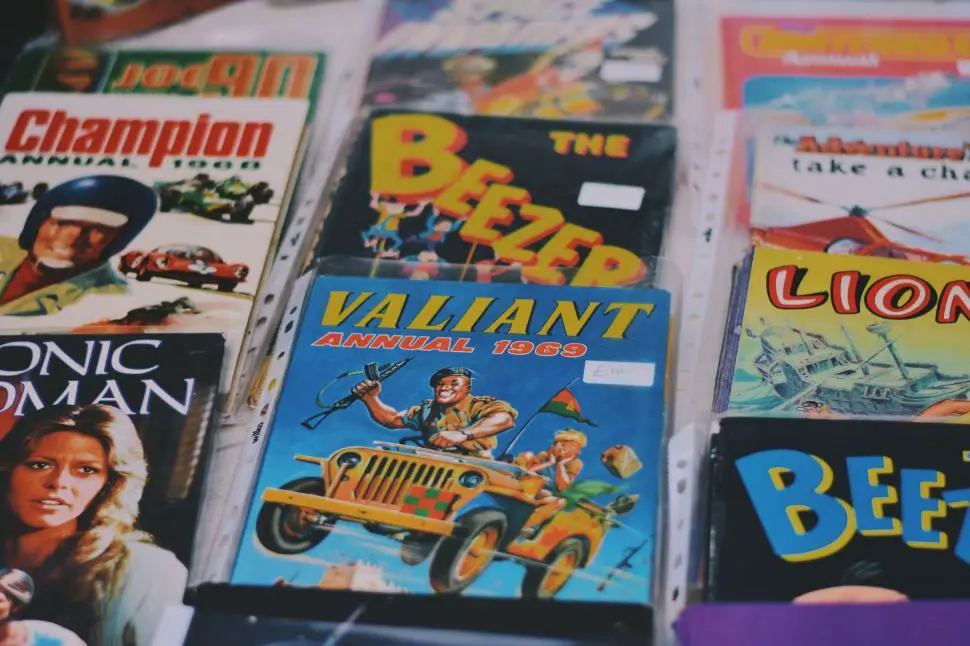
Old comic books don’t always scream “valuable” when tossed in a box of magazines. Dealers may dismiss them as childhood leftovers with little resale value. Yet early issues from publishers like DC or Marvel are now worth staggering amounts. Even worn copies can command high prices if the content is significant.
Collectors covet first appearances of iconic characters like Superman or Spider-Man. The comic book boom has made grading and preservation a serious business. Dealers unaware of the market sometimes sell key issues for pennies. Those in the know can turn overlooked stacks into small fortunes.
21. Victorian Silverplate
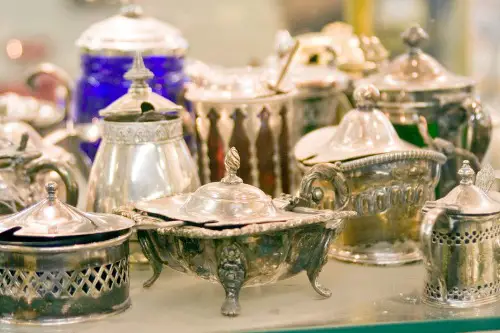
Silverplate items, with their tarnished finishes, often get mistaken for worthless household goods. Dealers sometimes see them as outdated dinnerware without much appeal. But Victorian silverplate, with ornate designs and craftsmanship, can be highly collectible. The detail in handles, engravings, and motifs sets them apart from later mass-market pieces.
Collectors appreciate the artistry, especially from notable makers like Meriden or Rogers. Some pieces, like elaborate tea sets, command strong prices despite not being solid silver. The abundance of reproductions makes identification tricky. Dealers who pass them over as junk may miss a profitable find.
22. Art Nouveau Posters
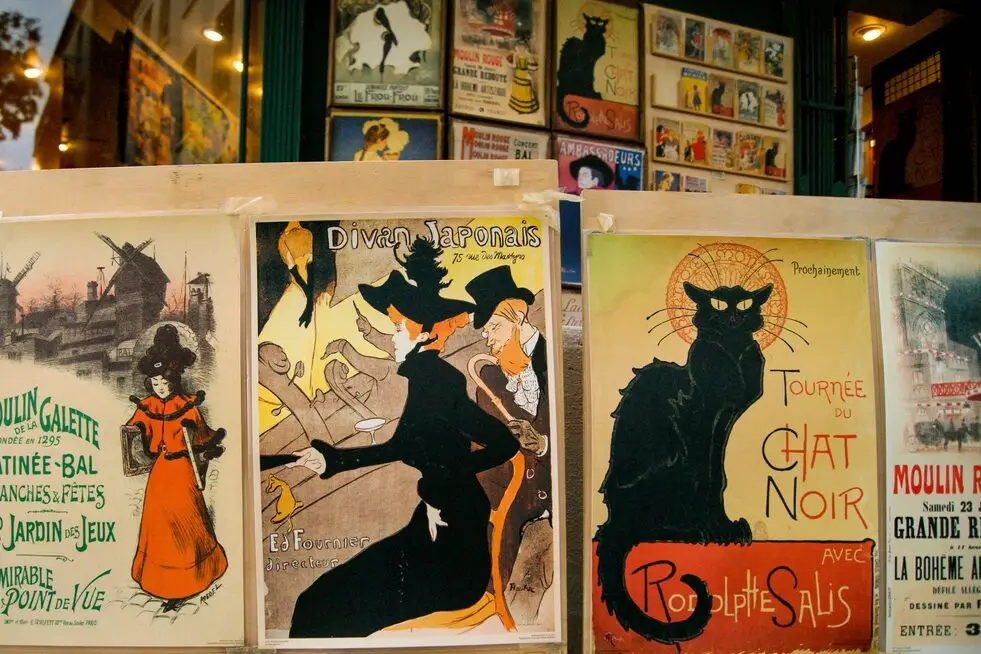
Original Art Nouveau posters, with flowing lines and bold colors, can resemble modern prints. Dealers may assume they’re reproductions churned out for décor shops. Yet authentic posters by artists like Alphonse Mucha from the late 19th century are rare and valuable. Their paper quality and printing techniques reveal their age.
Collectors prize these posters as much as fine art, with some examples selling for tens of thousands. Even smaller or damaged pieces remain desirable. The challenge lies in separating originals from endless copies. Dealers who shrug them off as wall art often overlook museum-worthy works.
23. Inuit Carvings
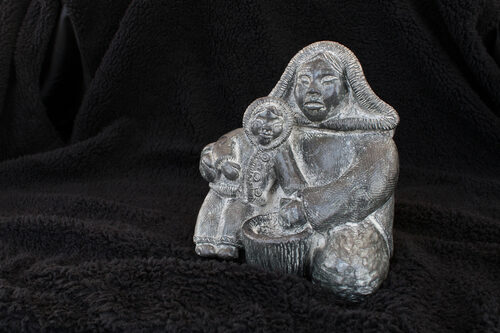
Inuit carvings, often made from soapstone or ivory, may look like simple souvenirs to the untrained eye. Dealers sometimes group them with decorative imports sold in gift shops. But authentic carvings reflect cultural traditions and skilled artistry, often tied to specific regions or families. The subtle detailing and material quality set them apart.
Collectors value both the artistry and the cultural heritage behind these works. Early or signed examples are particularly desirable. Because so many reproductions circulate, misidentification is common. Dealers who underestimate them as curios often lose out on significant value.
This post 23 Collectibles That Fool Even the Smartest Antique Dealers was first published on Greenhouse Black.
